By Julie Moir Messervy
My husband and I recently spent a week in France where we enjoyed six days of sunny weather and the quiet beauty of the Norman, Bretagne, and Loire Valley countryside. The entire trip turned out to be a theme and variations on straight lines, for no one is better than the French at turning the simplest grove of trees into a plantation; demarcating a lane with an allée or set of hedges, or creating gardens out of raised parterres and topiary boxwoods planted in boxes.
The first day we drove northwest to the picturesque seaside town of Honfleur, where its fresh fish, candy, local biscuits and cider, and art galleries bring tourists by the thousands who sit outside enjoying a café or glass of local wine on the sidewalk, even in December. The boats, masts, buildings, windows, and awnings all bring a sense of organization and linear delight to this beautiful place.
I indulged in an Assiette de la Mer—a large plate of fresh local cockles, snails, prawns, and langoustines that comes with a set of tools to help spear out the meat from within the shells.
The next day we drove to the 172-acre American Cemetery in Normandy. After spending several hours in the excellent Visitor Center, we emerged from it onto a winding path that pauses at the Overlook where, now able to visualize those events, you can look down onto the beaches and the sea.
We took a turn and went up some steps to the semi-circular colonnaded Memorial, made, as everything there was, of sparkling white Lasa marble. The cemetery’s design seems inspired by the elegance of formal French garden design with the scope and scale of our own Arlington National Cemetery. Huge pruned evergreen trees line either side of a central basin that reflects the sky.
Over 9,000 precisely placed headstones show the strength of straight lines in a landscape. Beautiful plantings of heathers form soft groundcovers around the trunks of ancient pine trees.
Our next stop was Pointe du Hoc, where architect Nicolas Kelemen had just finished installing a post-modernist visitor’s center and the French firm Thalweg created the accompanying landscape. Perhaps the design’s inspiration came from the mixed hedgerows that were so tough to cross during the Normandy invasion—as at the Battle of the Haies (hedgerows) nearby. Lines of hedges alongside overflow canals suggest a linear version of the bomb craters that make up this lunar landscape.
The next day we toured Le Mont Saint-Michel. This island mountain, originally accessed only by sea when the tide was out, stands as a pile of structures that range in size from small stone buildings that cower at the base, to the small and large chapels, abbeys, and cloisters, that offered the Benedictine monks contemplative refuge. A new dam helps to keep the channels from silting up.
Next was Villandry, the most perfect of French chateaux and gardens. The castle was built around 1536, the last of the great chateaux built along the Loire. Finance minister under Francois I, Jean Le Breton, razed a 12th-century fortress where “La Paix de Colombiers” had been signed in which the King of England, Henry II Plantagenet, admitted defeat to the King of France, Philippe Auguste.
The gardens underwent many changes over the years, becoming an English-style park in the 1800s, until the scientist Joachim Carvallo bought it and restored the gardens to the style of the Renaissance. He created the Ornamental Gardens behind the castle, that contain the “love gardens” made up of hedges clipped to represent the four kinds of love: Tender Love, Passionate Love, Fickle Love, and Tragic Love. Across the canalized moat is the “second room” that evokes the symbolism of music, using patterns that describe lyres, musical notes, and chandeliers of tightly clipped boxwood.
To the side of the Ornamental Garden lie the beautifully manicured Woods and some wonderful Overlooks from which you can view the estate grounds. Behind sits the Water Garden designed in the shape of a mirror, backed by lime trees and complete with a pair of swans. A Sun Garden and Cloud Room are planted in appropriate colors, and a Maze enables children to enjoy the fun of getting lost.
Largest and most impressive is the Renaissance Kitchen Garden, made up of nine squares of equal size with different patterns in each. Deep arbor “harbors” offer shady places of retreat in the otherwise open design. The alternating colors and designs delight the eye and the taste buds. Intermixed as they are with roses and other flowers, they also delight the nose.
Villandry’s long allées of pleached hornbeams and pollarded trees (as shown in this photo) may be ways to “control” nature, but they are also beautiful beyond measure.
The next day, we saw even vaster versions of Villandry’s gardens at the Palace at Fontainebleau—huge expanses of lawn parterre, basins, and gravel terrace. Ghosted figures brought a measure of surprise and delicacy to the massive scale of this structure.
An “English Garden” at the Palace of Fontainebleau brings a degree of naturalness to the grounds, including an irregularly shaped reflecting pool, informal stands of mixed plantings, and even curved streambeds dotted with the occasional statue or eyecatcher. Now, back in Vermont, I miss the elegance and perfection of French lines in the landscape. I have no doubt that they will show up in our new projects in 2014!

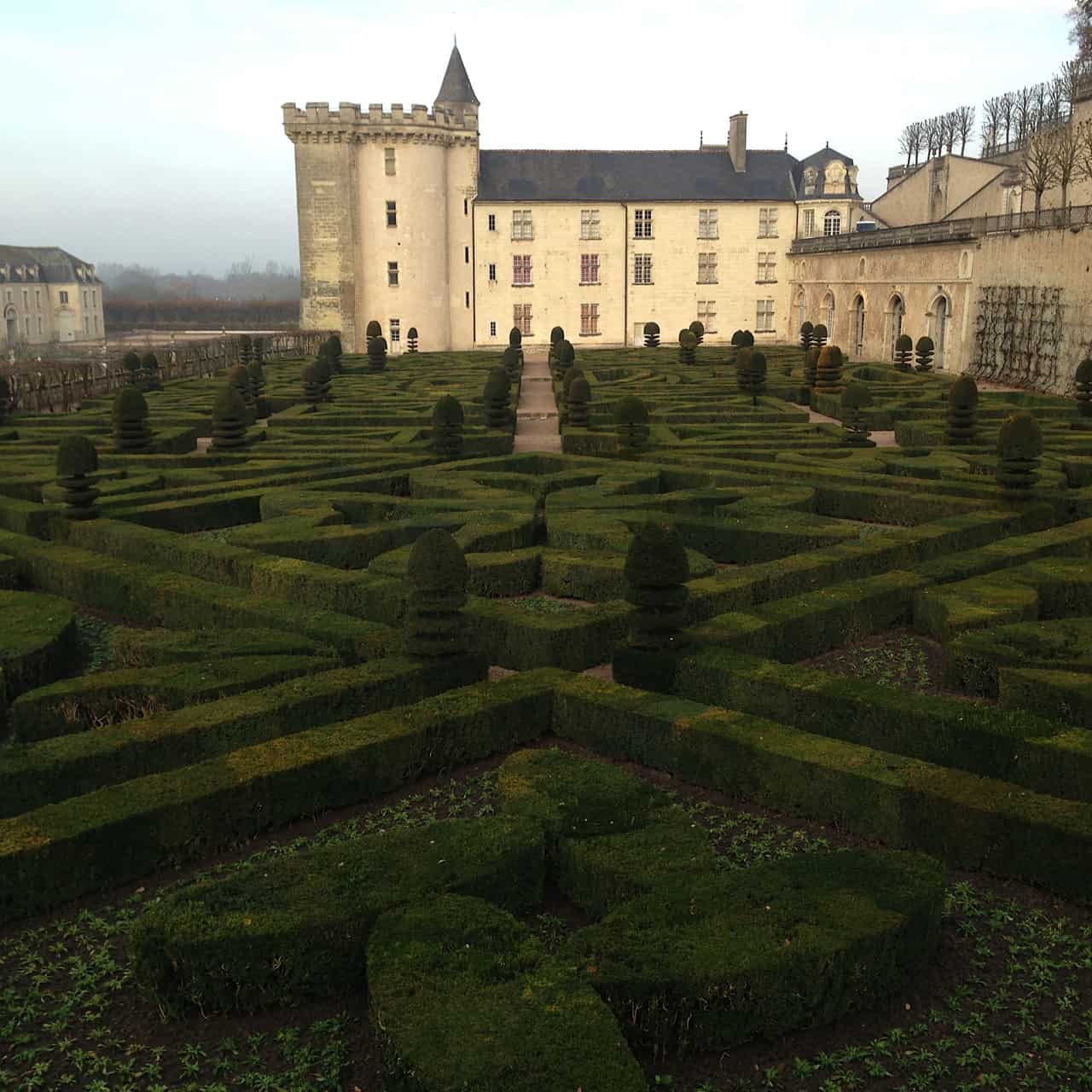
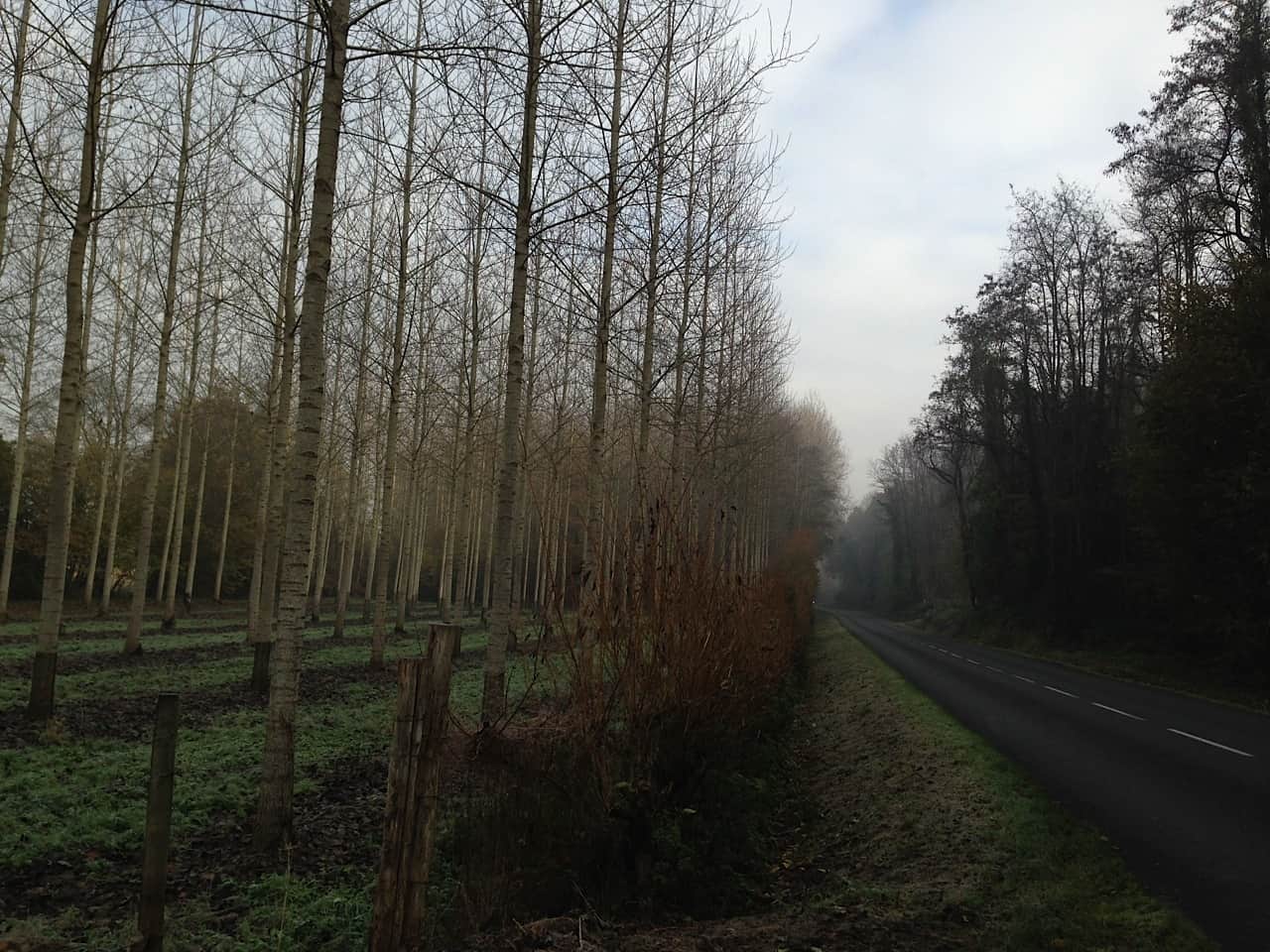
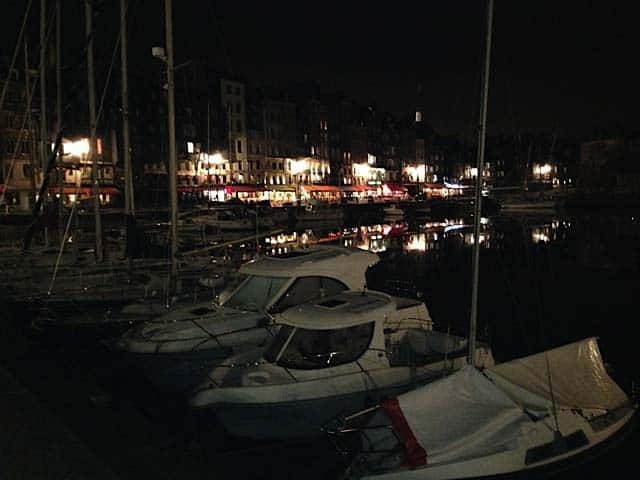
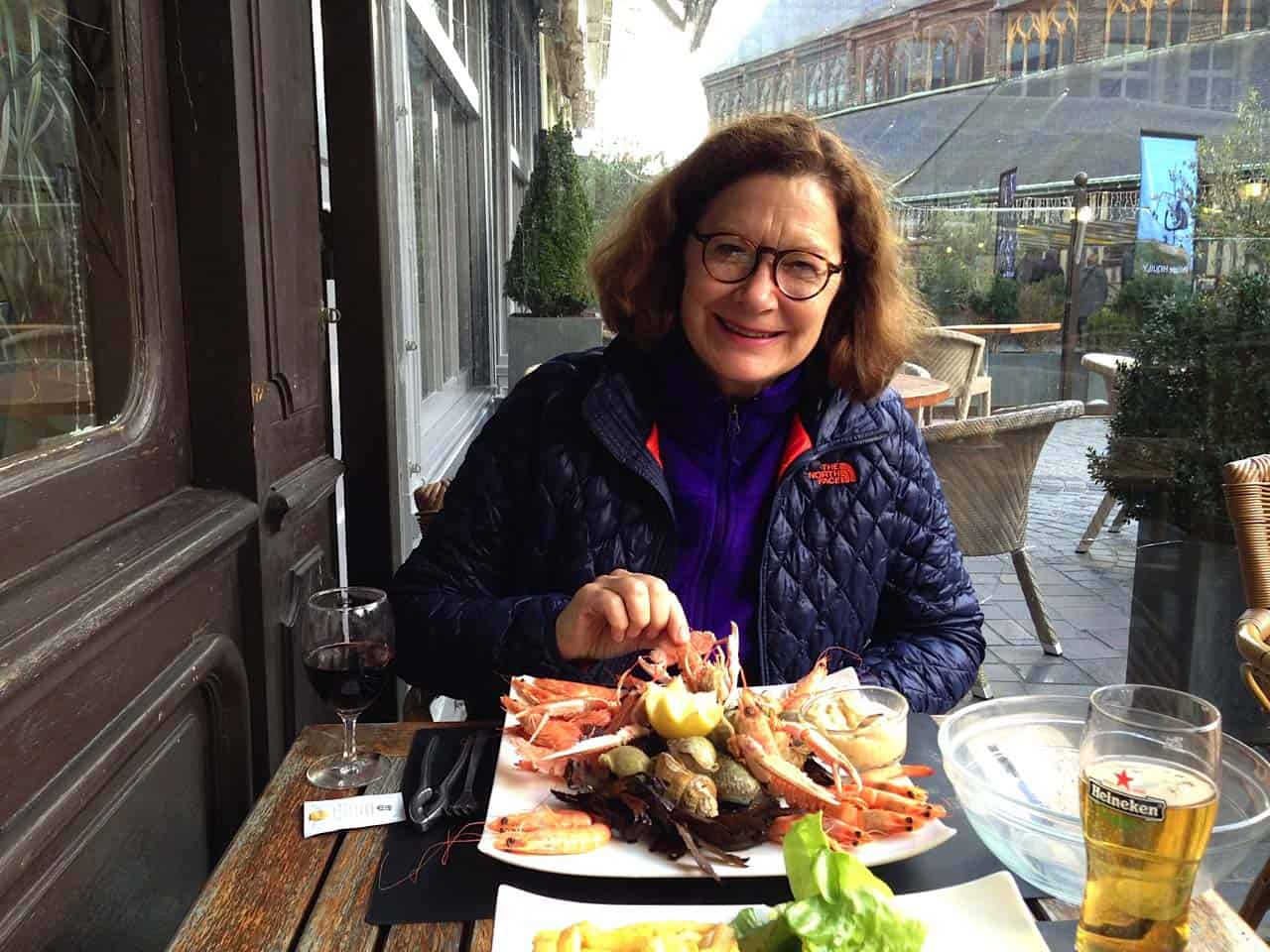
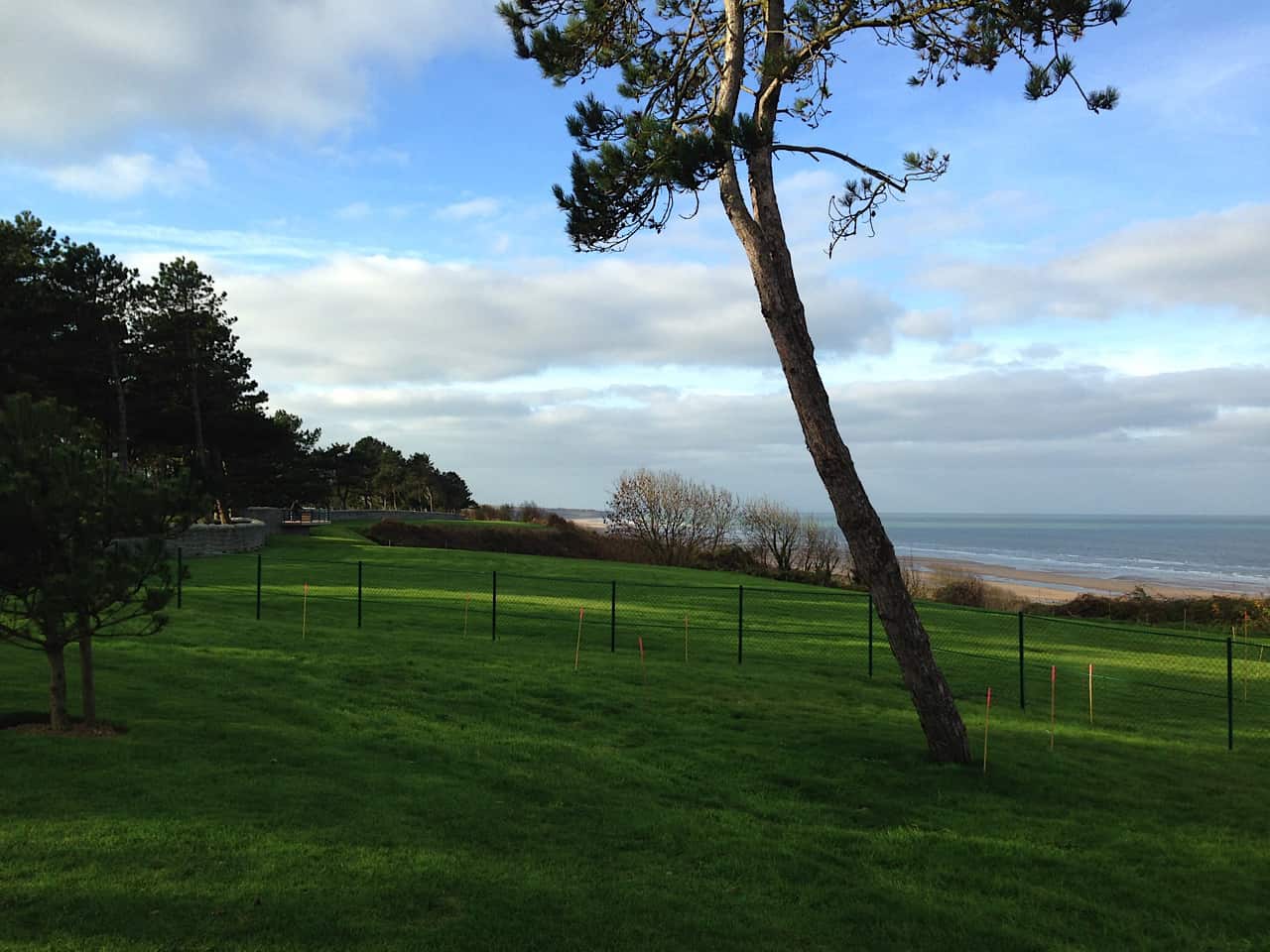


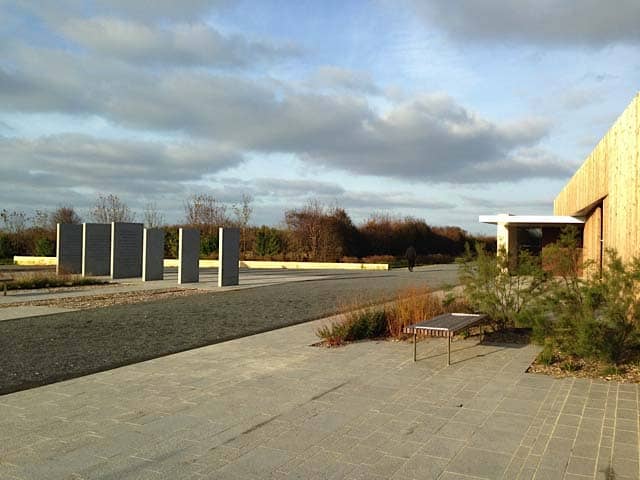
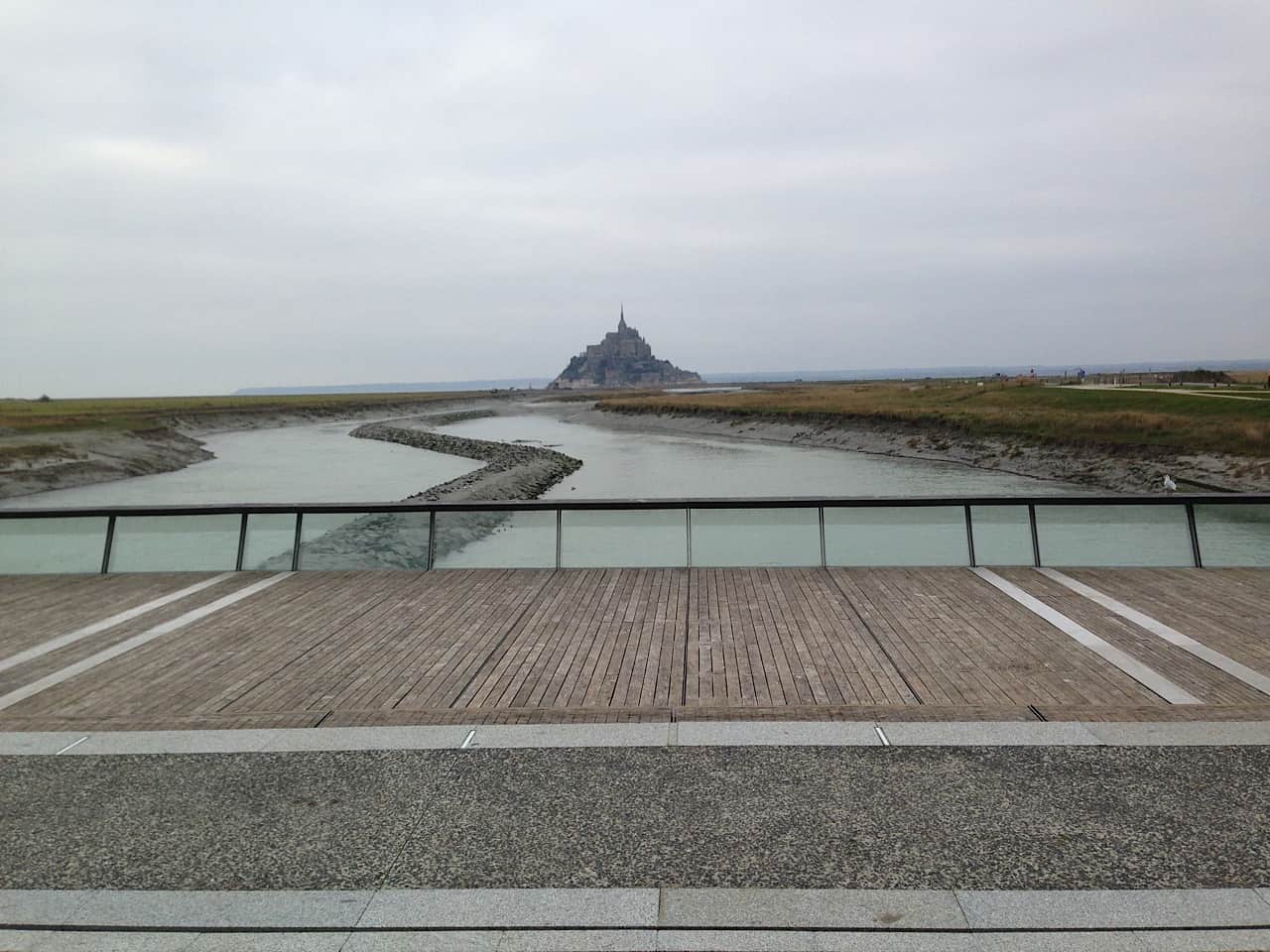
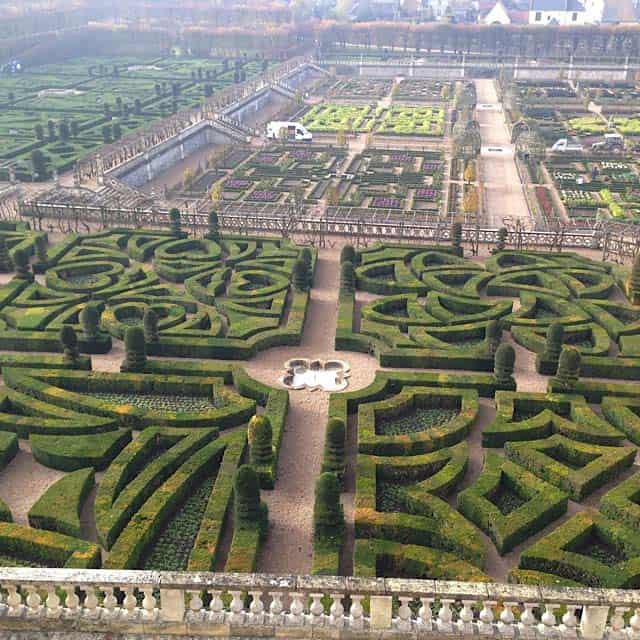
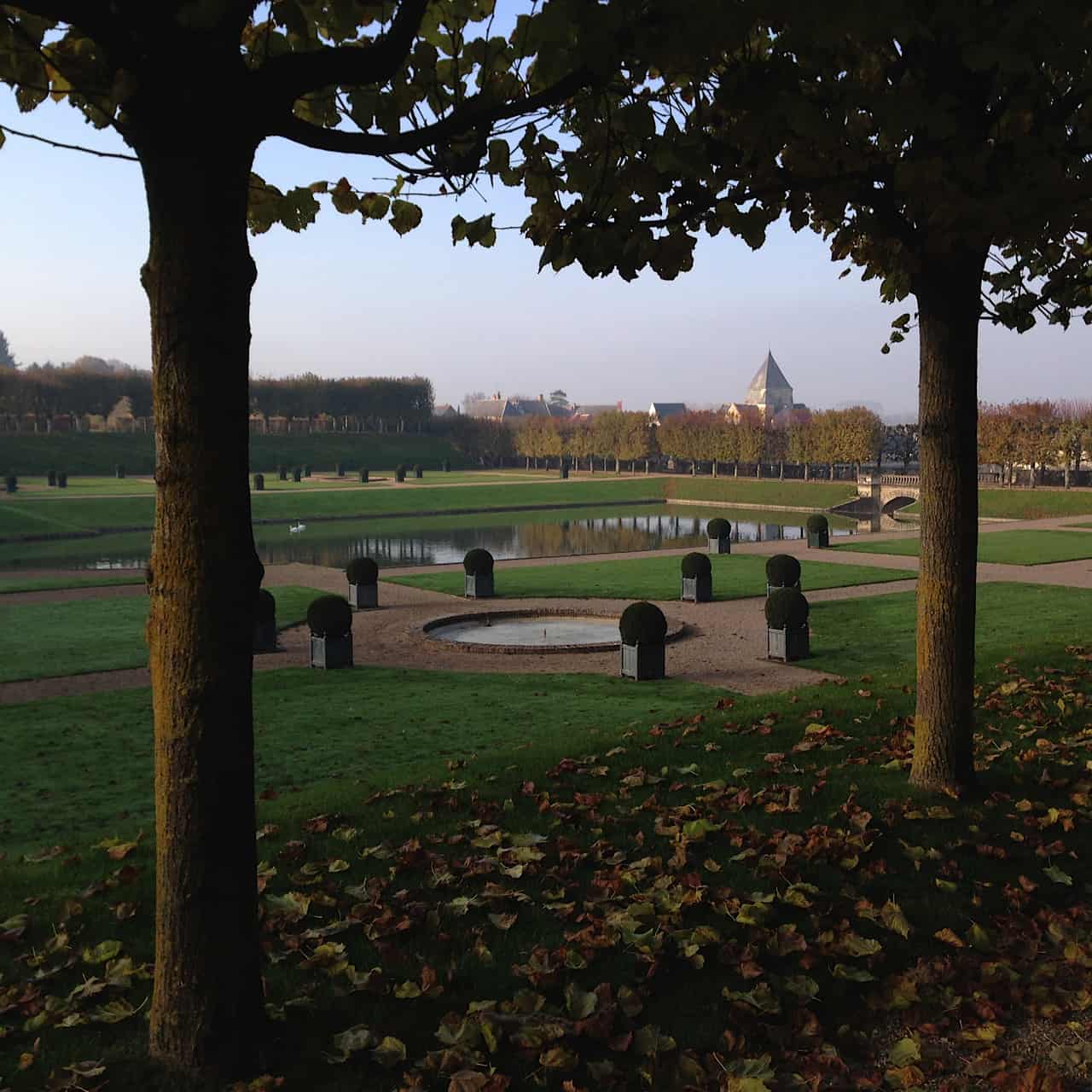

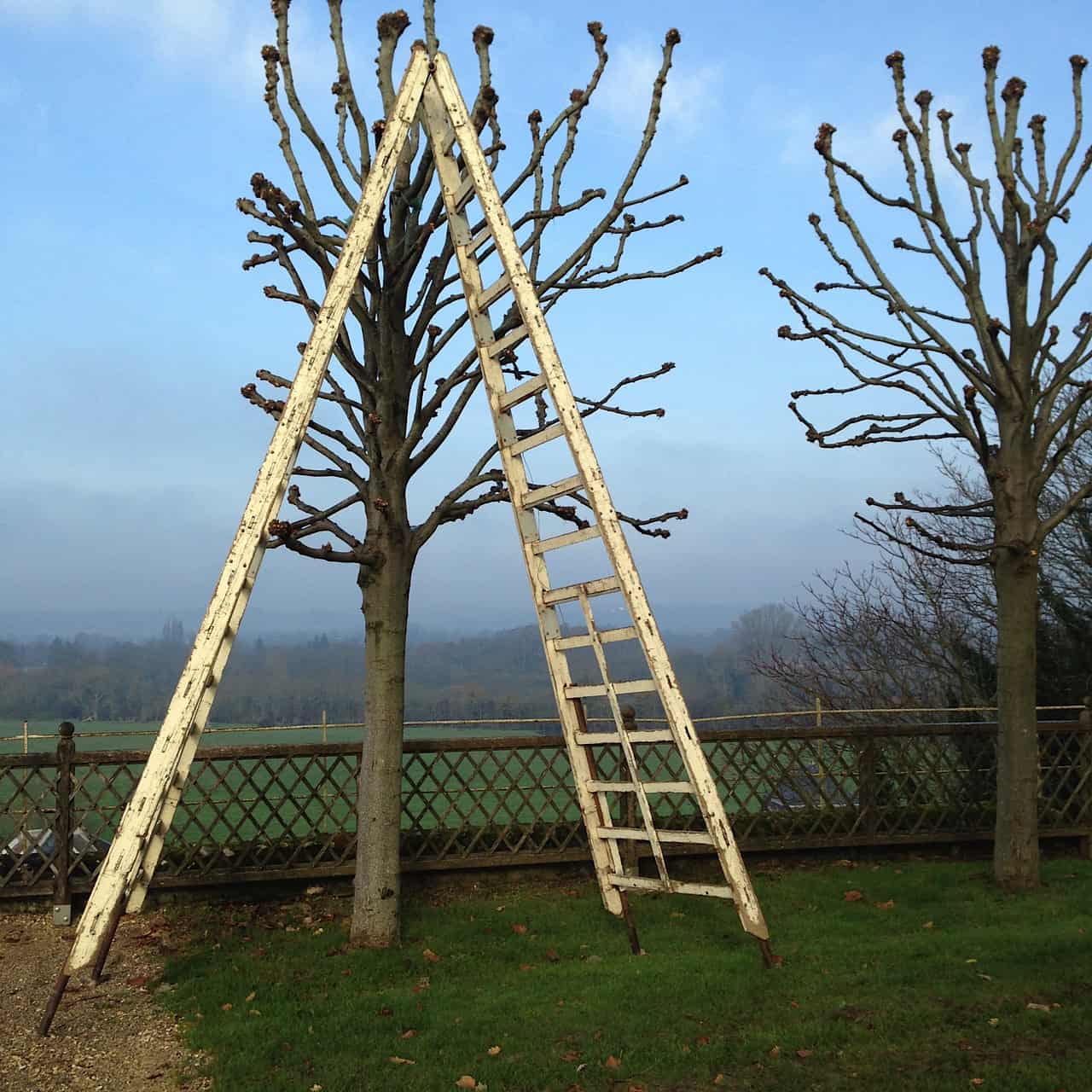
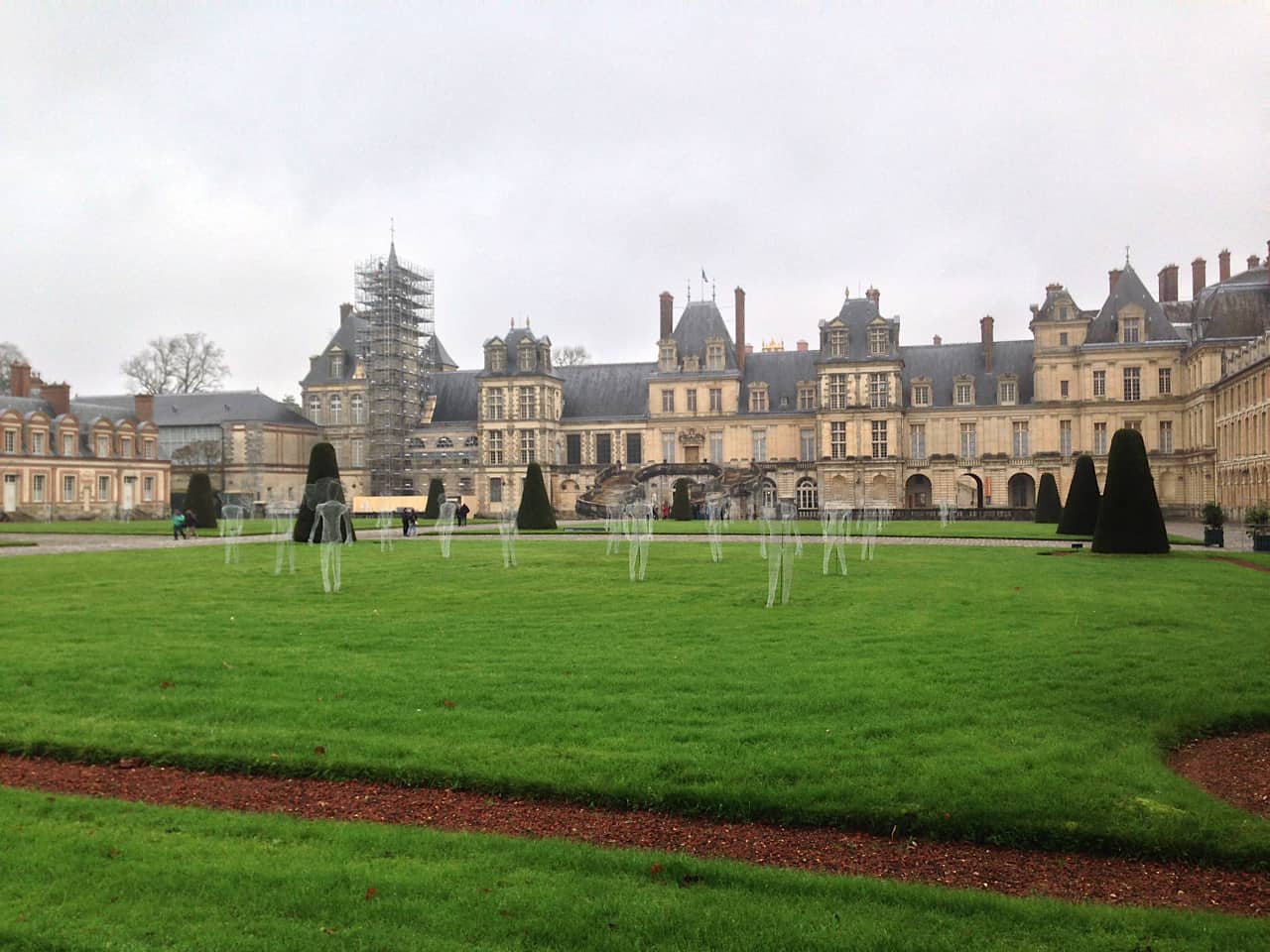
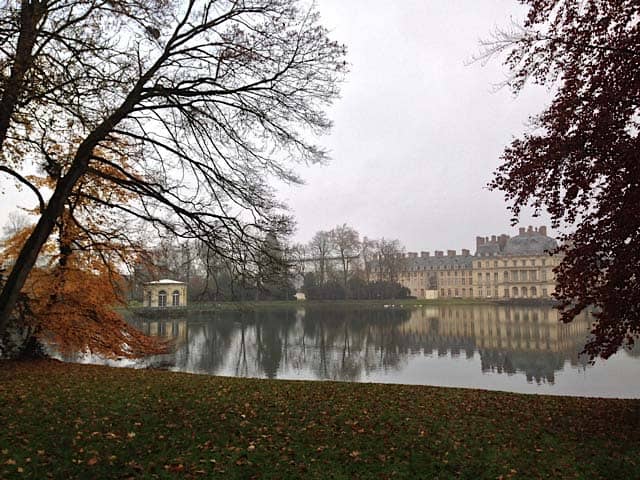






Wow! Beautiful post and incredible photographs!
Ahhh ! France,
My Wife and i were there for our 10th and how we loved it .
Your pictures make me want to go back. Thank You 🙂
Beautiful photos! I appreciate the armchair travel and the fantasy of what it might be like to live in such a place. The devotion to maintaining miles of lines of pollarded trees and boxwood parterres is astounding!
P.S. A merry Christmas Julie to you and your family and all of the staff
Thank you for these good comments. It was very special to return to a beloved place after many years and to see and learn so much. France is eternally beautiful and inspiring.
Merry Christmas and Happy Holidays to all our JMMDS friends and colleagues!
“Six days of sun” in Normandy and Brittany — in December??? Julie, you should go out and buy a lottery ticket right now! : > )
Thank you for the beautiful photos and posts!